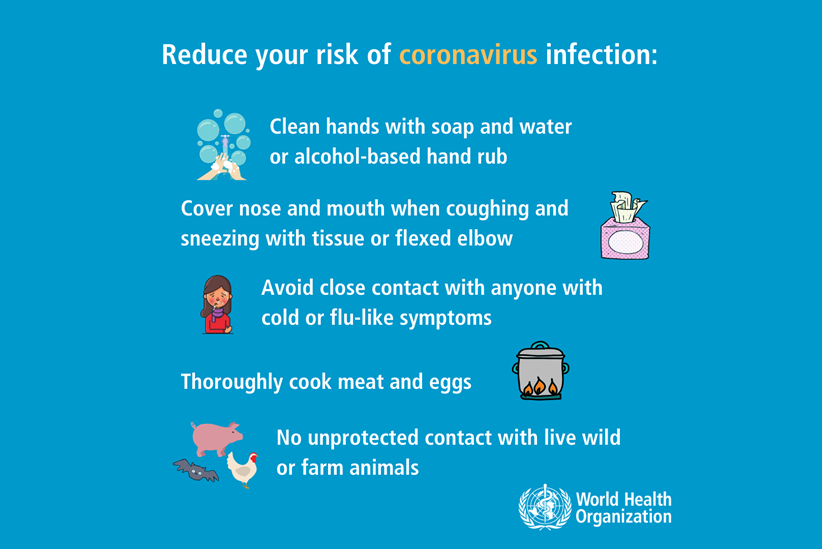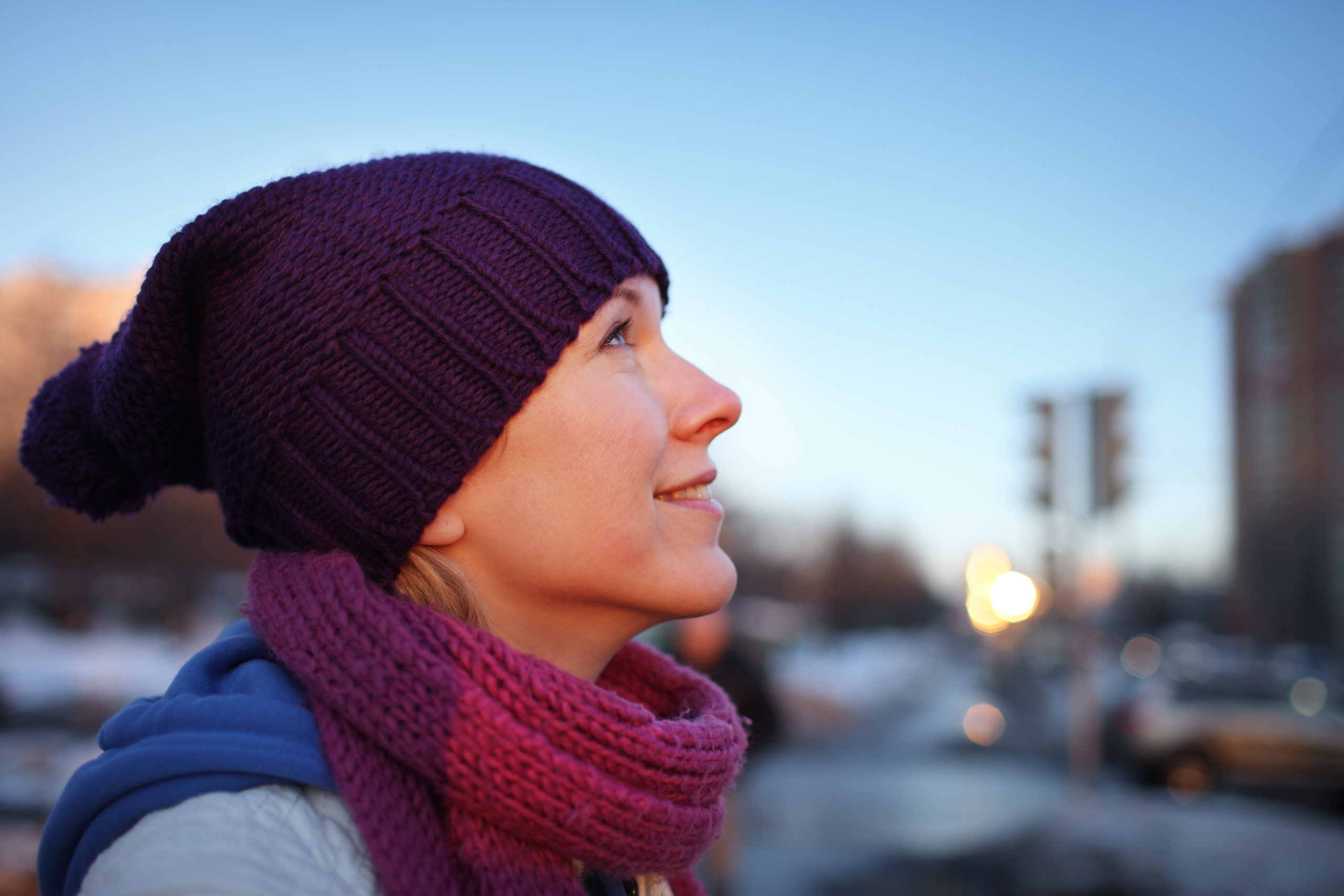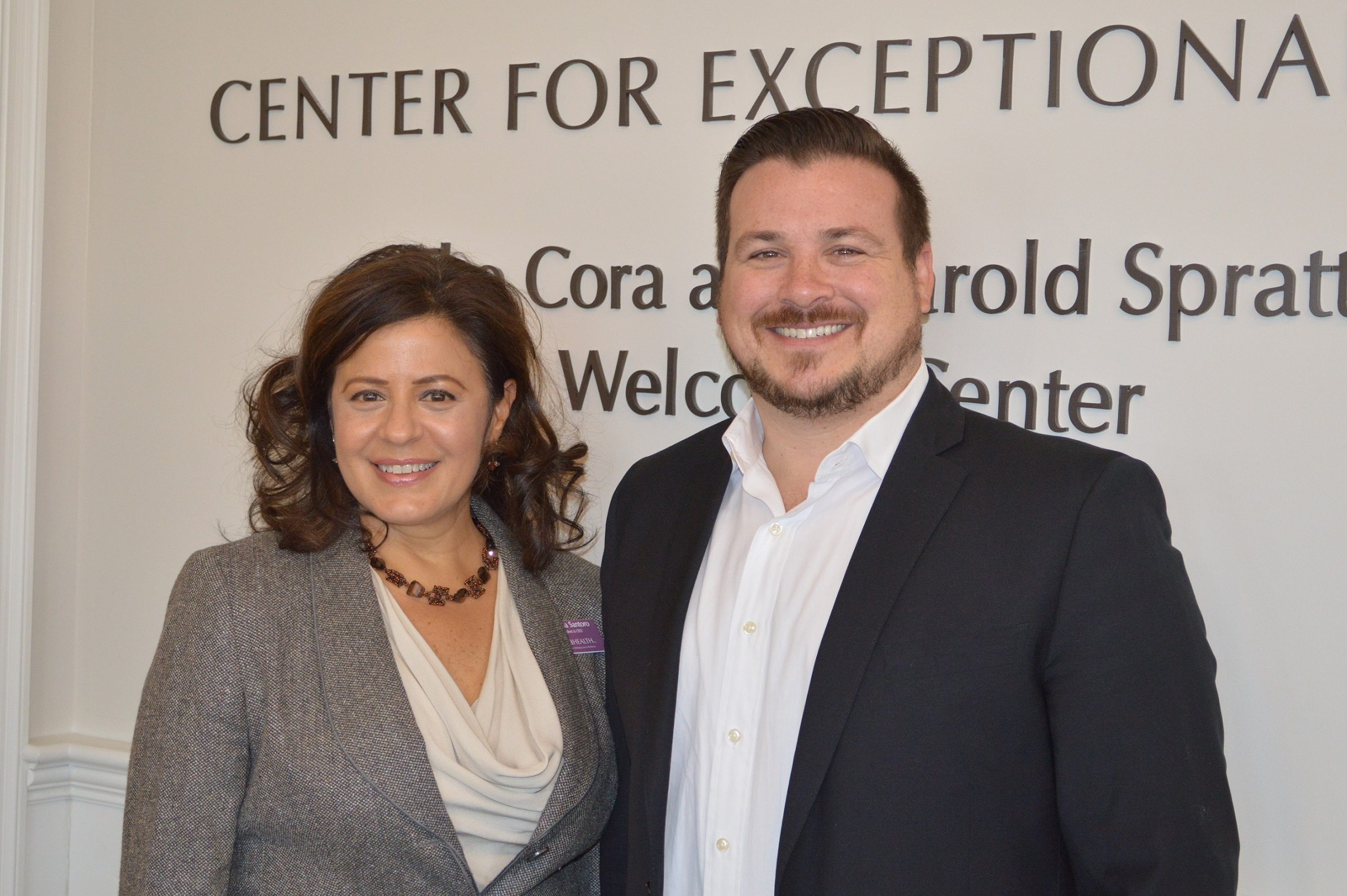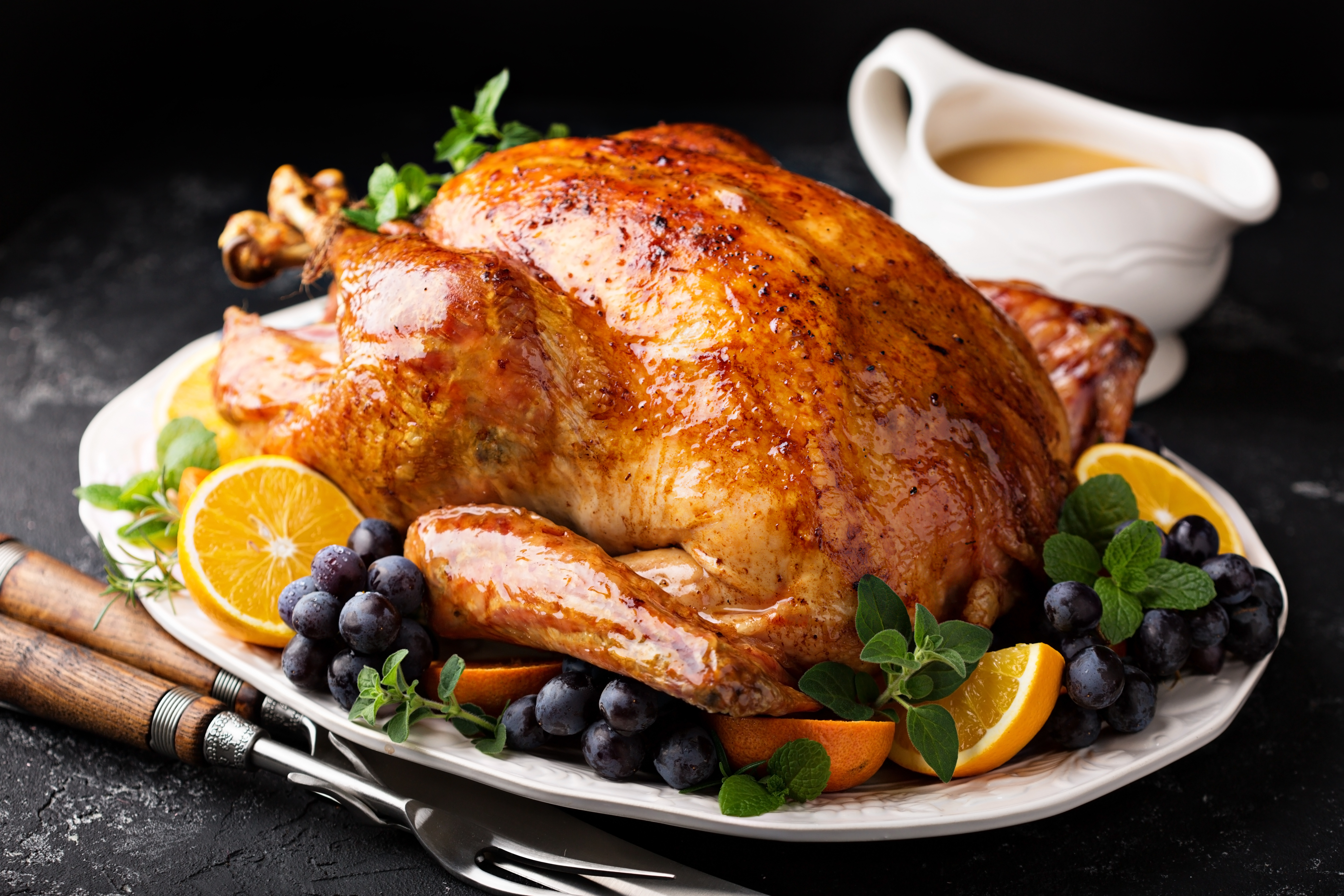Novel Coronavirus 2019-nCoV Basics
The 2019-nCoV is a novel strain of a common family of viruses called coronaviruses. Coronavirus infections are most prevalent during the winter months and range in severity from the common cold to more virulent strains.
The Coronavirus presents as a mild to moderate upper-respiratory tract illness like the common cold. Symptoms may include fever, cough, difficulty breathing, runny nose, headache, sore throat, and a general feeling of being unwell.
Coronavirus information and updates are being released up-to-the minute by such global health organizations as the Centers for Disease Control and Prevention and the World Health Organization.
These sources offer timely, measured information, recommendations for prevention and treatment, information for travelers and recommendations for action.
In addition to staying informed, follow standard health and travel safety measures
(with increased rigor), and stay up to date with all recommended vaccines (include flu and travel-related immunizations).
If you have any questions or concerns, please contact RVNAhealth Community Nurse Manager, April Rodriguez, RN.
RVNAhealth Introduces Expanded Home Health Aide Supervisory Team
Then and Now: How Homecare Has Changed Over 20 Years
Sponsor Spotlight: Adam Broderick Salon & Spa
Happy New Decade!
Several years ago, one of the New York City daily papers published the responses of passers-by in response to the question, “What is your New Year’s Resolution?” Many of the answers were fairly predictable – better health, more exercise, improved diet – but one stood out.
“Next year, I’m going to daydream more,” answered one woman. It was a notable response because it was less intended toward making oneself “better,” and more intended to make oneself “happier.” What a novel concept!
The good news is that the link between happiness and good health is no secret and ongoing studies continue to support the connection.
Here are some great articles on the matter.
The Health Benefits of Happiness, Psychology Today
Six Ways Happiness is Good for Your Health, Greater Good Science Center at UC Berkeley
Take a look!
And, as we embark on a new year and a new decade and as you ponder and practice your 2020 Resolutions, we hope you’ll consider your happiness as an important force and guideline for your time and your energy.
Happy 2020!
A Hospice Patient Revisits His Boyhood Past
Hospice Social Workers: Advocates for Patients and Their Families
Sponsor Spotlight: Cramer & Anderson, Attorneys at Law
It’s a Beauty, but is it Safe?
According to the CDC, handling poultry (chicken and turkey) incorrectly and undercooking it are the most common problems that lead to foodborne disease outbreaks linked to poultry. These outbreaks increase every November and December due to improper food handling at holiday parties and dinners.
Follow these five tips to safely prepare your next holiday turkey meal:
- Thaw your turkey safely.
- In the refrigerator in a container, or
- In a leak-proof plastic bag in a sink of cold water (change the water every 30 minutes), or
- In the microwave, following manufacturer’s instructions
NEVER thaw your turkey by leaving it out on the counter. Bacteria can grow quickly if left out at room temperature for more than 2 hours. The danger zone for bacteria to grow is between 40 degrees F and 140 degrees F.
- Clean all surfaces that the turkey comes into contact with – including your hands! Raw poultry can contaminate anything it comes into contact with and the germs that cause food poisoning are stealthy — they can survive in many places and spread around your kitchen.
- Separate raw poultry from ready-to-eat foods by using different cutting boards, utensils and plates while preparing the meal, and by separating raw poultry from other foods in the refrigerator.
- Cook poultry to the right internal temperature. Place the turkey in a roasting pan that is at least 2″ to 2.5″ inches deep and set oven temperature to at least 325 degrees F. Cooking times will vary according to the weight of the turkey and whether it contains any stuffing. Use a food thermometer to be sure that the internal temperature of the turkey AND the stuffing is at least 165 degrees F. You cannot determine if a turkey is safely cooked by checking its color and texture. Check by inserting the food thermometer into the center of the stuffing and the thickest portions of the breast, thigh, wing joint. Even if your turkey has a pop-up thermometer, still use a meat thermometer to be absolutely certain that your turkey is safely cooked. Let the turkey stand for 20 minutes before removing the stuffing or carving the turkey so that it can finish cooking.
- Chill to the right temperature. Refrigerate leftovers as soon as possible and within 2 hours of preparation (within 1 hour of preparation if outside temperature is greater than 90 degrees) in order to prevent food poisoning. Slice or divide big cuts of meat into smaller quantities for refrigeration so they cool quickly. Reheat all leftovers to at least 165 degrees F.
Eat WELL!
Source: Centers for Disease Control and Prevention












